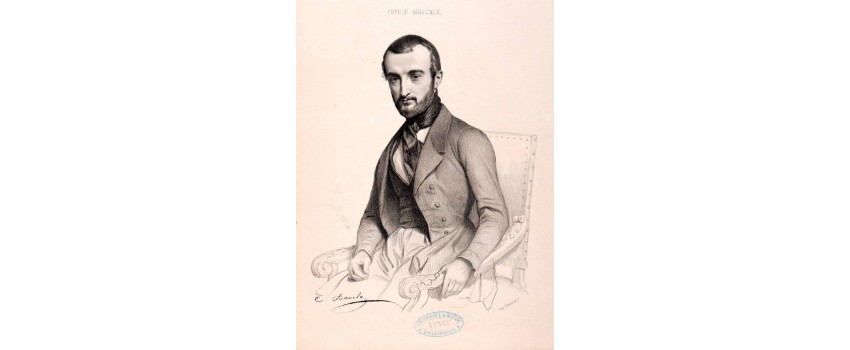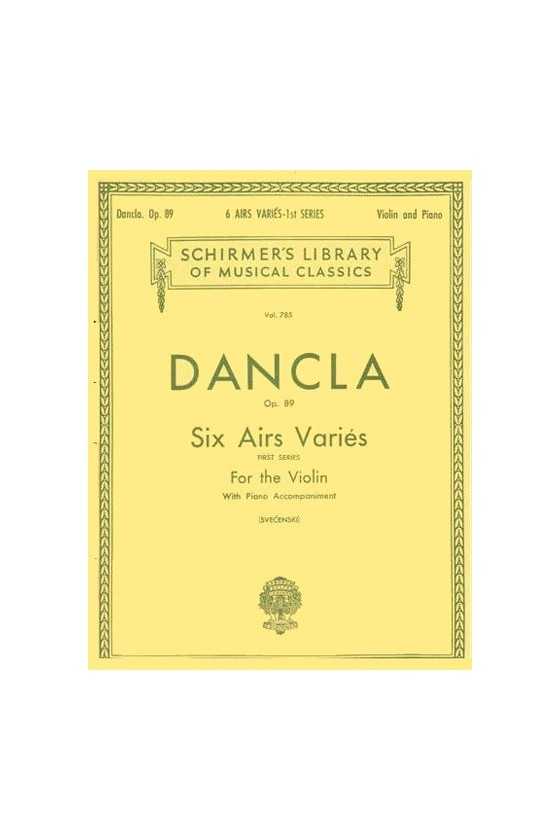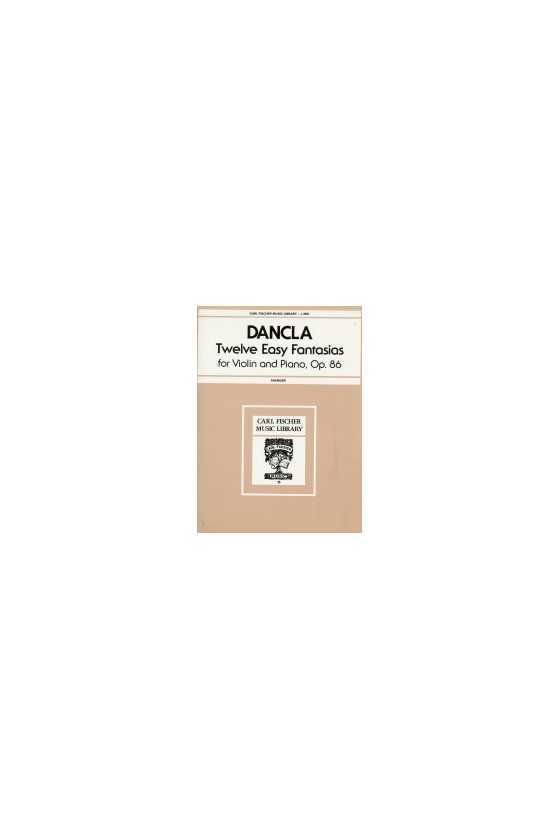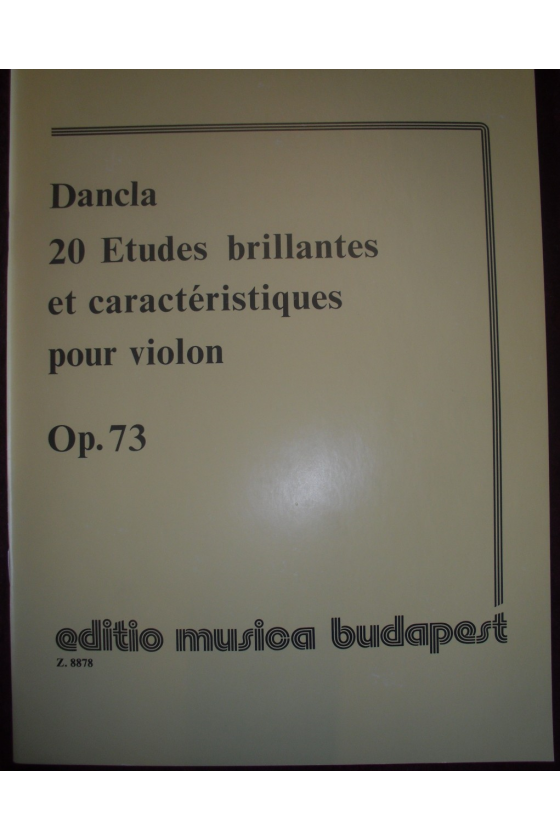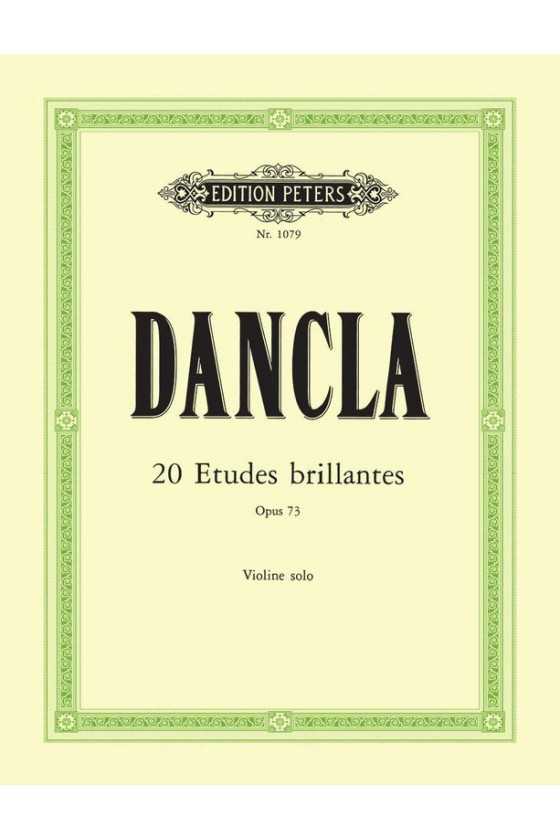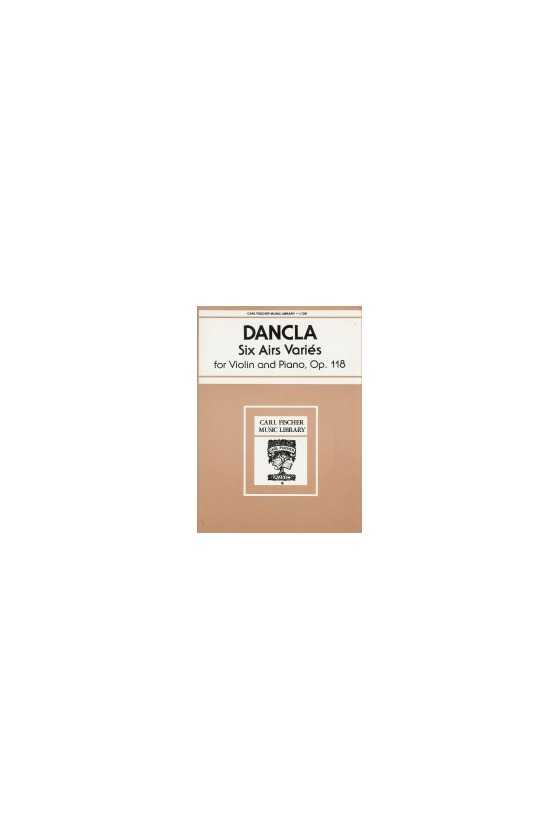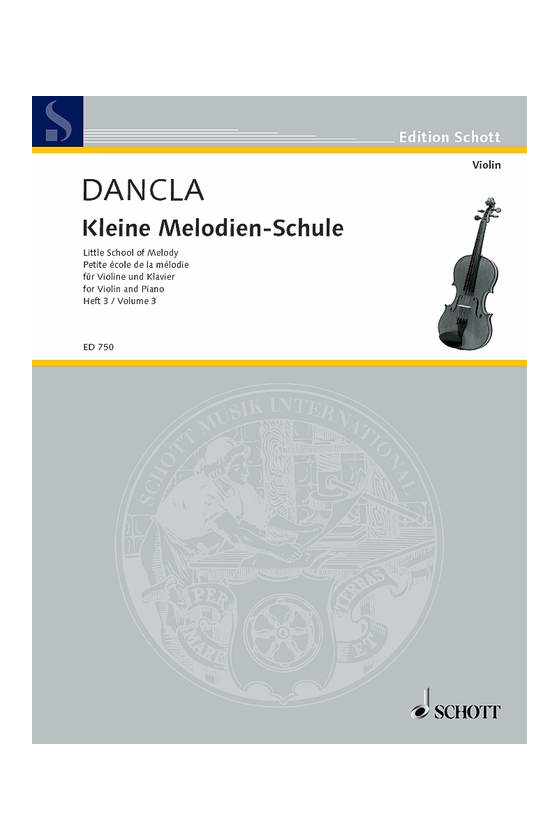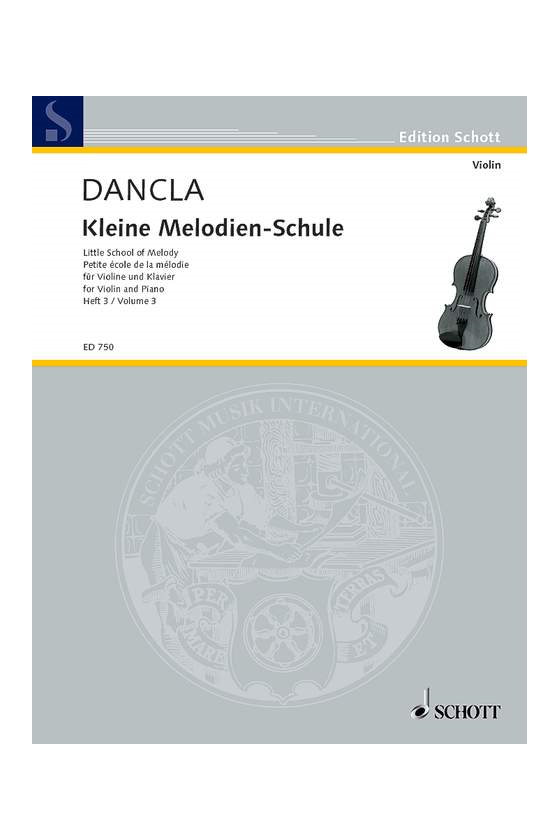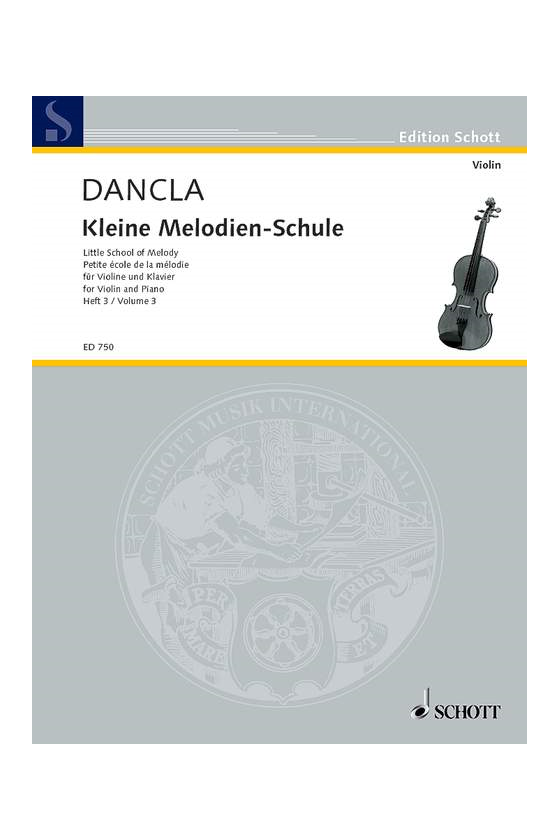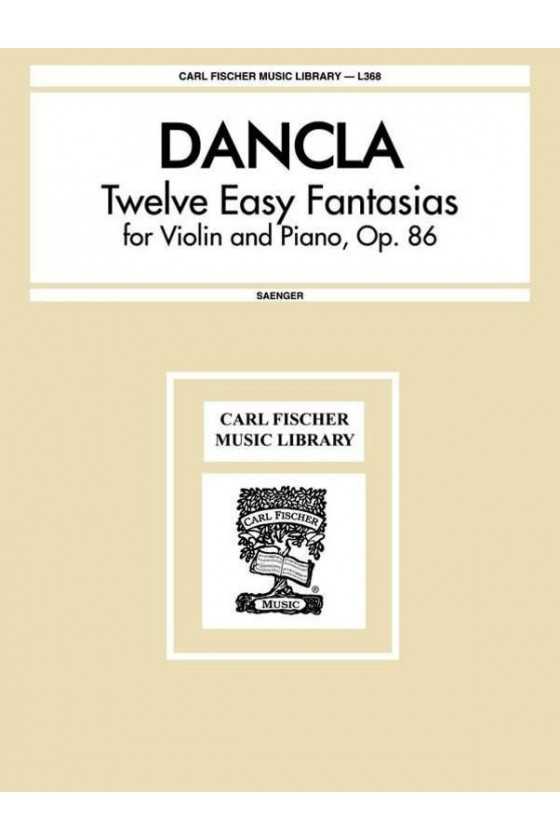Dancla 6 Airs Varies Opus 89 for Violin and Piano Vol 1(Schirmer)
Dancla 6 Airs Varies Opus 89 for Violin and Piano Vol 1(Schirmer)
Edited by Louis Svecenski
Op. 89 Aires Variés for violin - Each of the six airs are based on themes by different composers: Pacini, Rossini, Bellini, Donizetti, Weigl and Mercadante.

